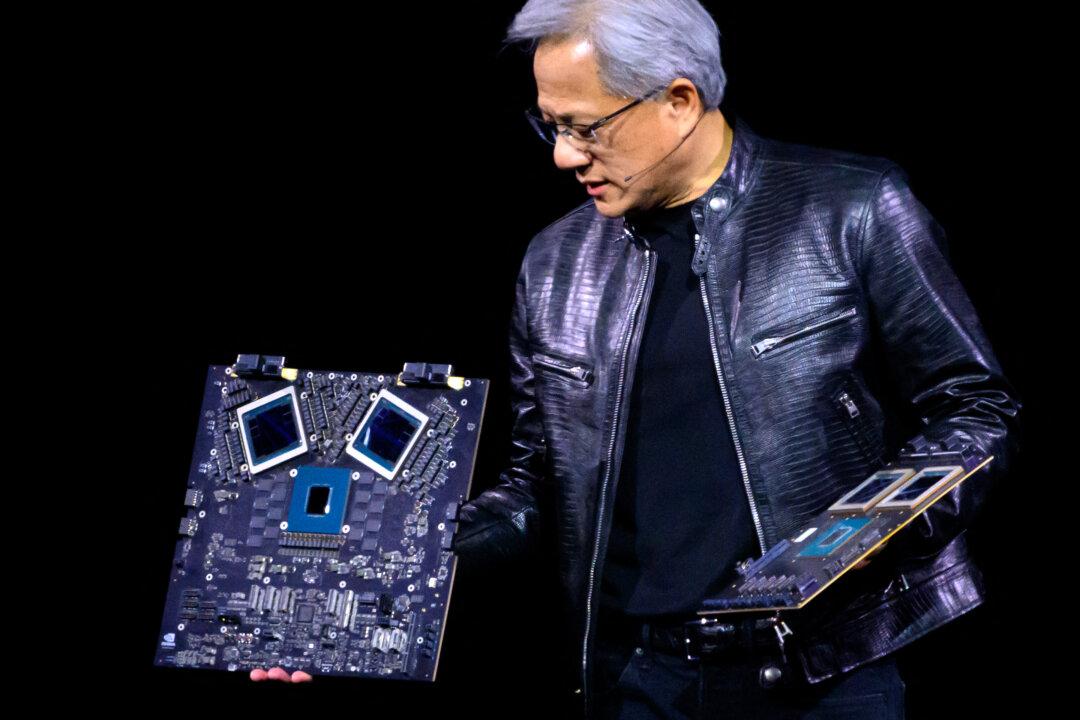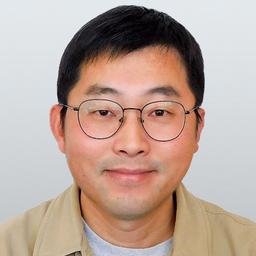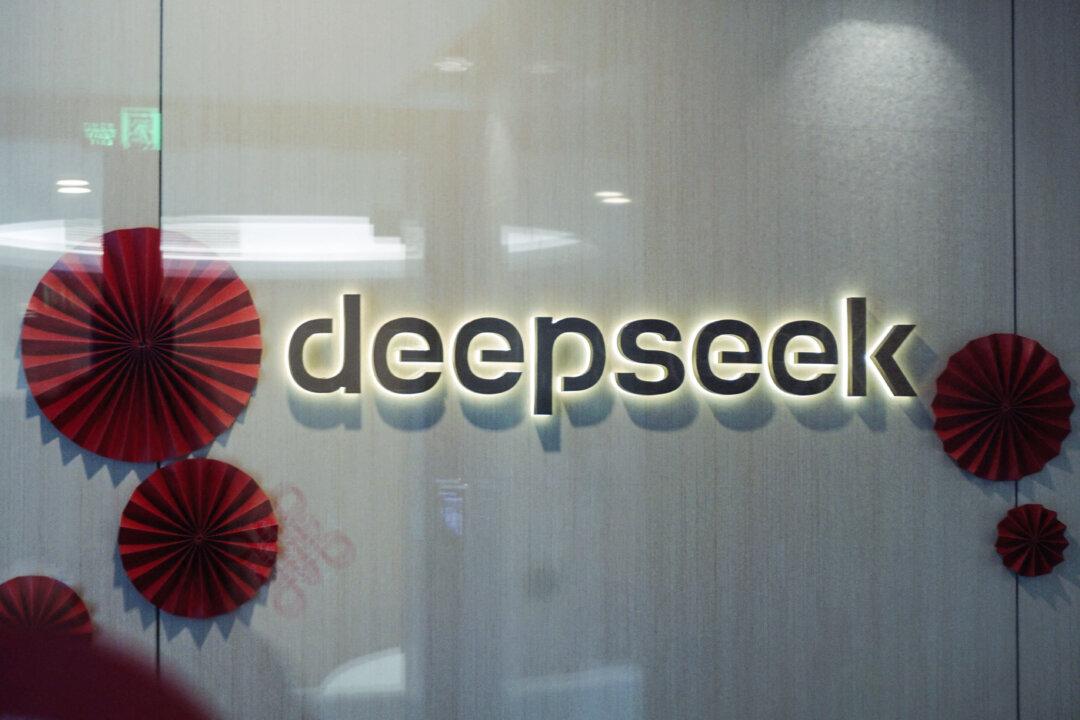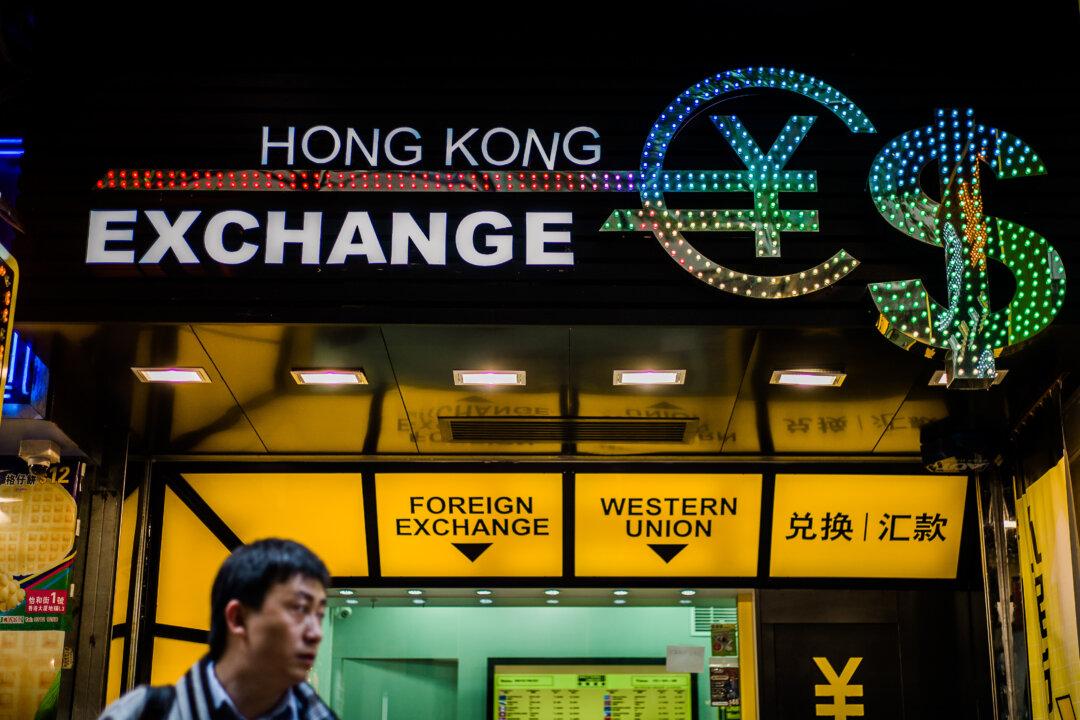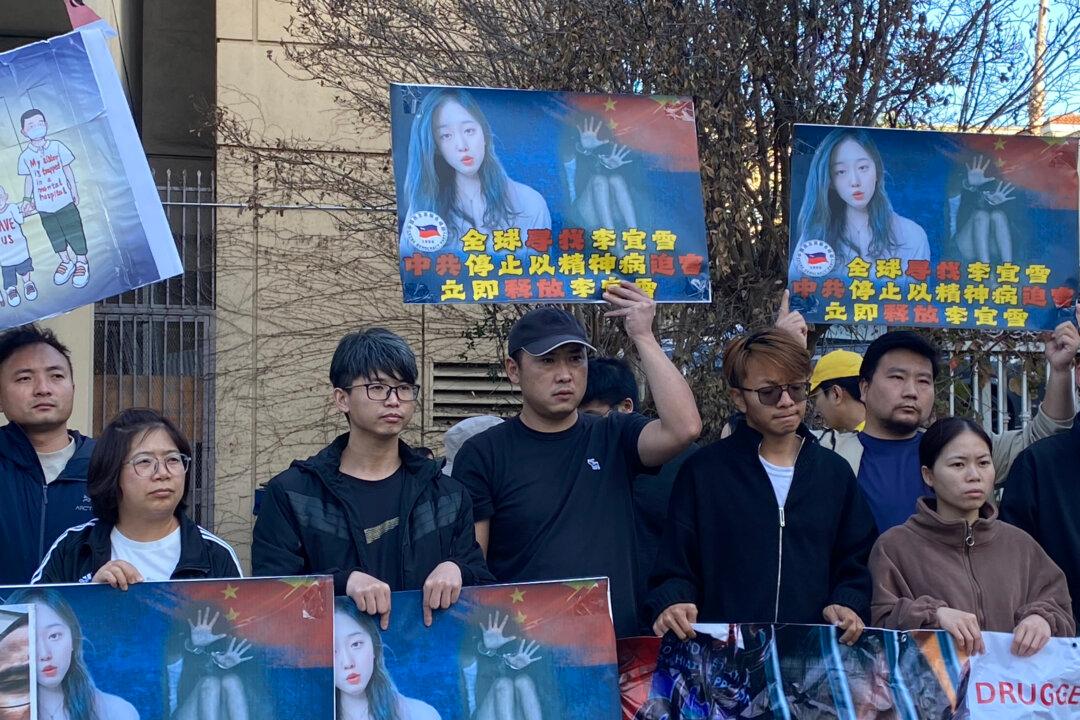In response to moves by the United States and its allies, China is facing mounting challenges in accessing state-of-the-art semiconductors and the technology to manufacture them. This shift is noticeable even at leading global artificial intelligence (AI) conferences, where China-related topics have become markedly absent.
On March 29, the Biden administration announced a revision of regulations aimed at further limiting China’s ability to procure American AI chips and the equipment necessary for their production. These amendments build on measures initially introduced the year before, designed to halt the export of advanced AI chips, developed by firms like Nvidia, to China. The United States harbors concerns that the advancements in China’s tech sector could bolster the Chinese Communist Party’s (CCP) military prowess.
The revised regulations, detailed in a 166-page document set to be enacted on April 4, extend export restrictions to encompass laptops and other devices equipped with these sophisticated chips. This round of restrictions is characterized by an increasingly stringent approach, with the latest updates being enforced just six days after their announcement, in contrast to the 30-day notice period observed in previous years.
Reports indicate that the United States is also preparing to identify leading Chinese semiconductor manufacturers that will be barred from acquiring essential manufacturing tools. This move aims to more effectively curb the flow of critical technology to China and ensure U.S. companies’ adherence to these restrictions. The list of these targeted facilities is expected to be released soon.
Amid escalating technological competition with the United States, Semiconductor Manufacturing International Corporation (SMIC), China’s premier chipmaker, reported a significant 60 percent decline in net profit last year. According to its annual report issued on March 28, SMIC’s revenue fell to 45.25 billion yuan ($6.26 billion), down 8.61 percent from the previous year, while net profit attributable to the parent company plummeted to 4.823 billion yuan ($670 million), a year-over-year decline of 60.25 percent.
International Allies and the Semiconductor Embargo
The United States has not only enhanced its restrictions on semiconductor technology but has also been lobbying allies like the Netherlands, Germany, South Korea, and Japan to join in tightening the technological embargo against China. These countries host vital players within the global semiconductor supply chain, underscoring the strategic importance of their cooperation.During a state visit to China from March 26 to 27, Dutch Prime Minister Mark Rutte engaged in discussions presumed to center around ASML, a leading Dutch firm and the world’s foremost supplier of lithography machines for chip manufacturing. Speculation was rife regarding whether the talks with Chinese leader Xi Jinping would influence the Dutch government’s decision to allow ASML to service the high-value lithography equipment it has sold to China.
In 2023, the Netherlands implemented export controls that limit the shipping of advanced semiconductor manufacturing equipment to China. These controls include the servicing and maintenance of such equipment once current licenses expire, with many set to do so on Dec. 31 of this year.
Following the discussions, Chinese state media made no mention of the equipment issue but highlighted Xi’s assertion that China’s right to development is legitimate and “no force” could hinder its technological advancement, implying that the talks did not sway in China’s favor.
Germany’s role in the supply chain, represented by Carl Zeiss AG’s provision of optical components to ASML for high-tech chip manufacturing, is also under scrutiny. The United States has expressed a desire for the German firm to cease its shipments of such components to China.
Furthermore, the German government contemplated last year whether to limit exports of semiconductor chemicals to China. As German Chancellor Olaf Scholz prepares for an upcoming visit to China in April, his stance on this matter remains unclear.
Global Stance on Semiconductor Export Controls
The South Korean government is currently deliberating over aligning with the United States on the imposition of export controls for semiconductor equipment destined for China. Yonhap News Agency reported on March 13 that the United States has been advocating for South Korea to implement export controls since the latter half of the previous year. While the South Korean government has yet to finalize its decision, it recognizes the importance of accommodating U.S. demands to a significant degree.Taiwan, a key U.S. ally and a pivotal hub for semiconductor technology, took a notable step in December of last year by unveiling the “National Core Critical Technology List.” This comprehensive list encompasses pivotal technologies across five sectors: defense, space, agriculture, semiconductors, and cybersecurity.
Notably, the semiconductor segment includes advanced manufacturing processes for integrated circuits (ICs) below 14 nanometers and sophisticated heterogeneous integration packaging technologies, covering wafer-level packaging, silicon photonics integrated packaging, and the requisite materials and equipment technologies.
In a move to safeguard these technological assets, Taiwan’s Legislative Yuan amended the “National Security Law” in May of the previous year. The amendment criminalizes the transfer of national core critical technologies to foreign entities, including Hong Kong, Macau, and others deemed hostile forces and imposes penalties of up to 12 years in prison.
Fines may also be levied, potentially doubling based on the illicit gains accrued from such activities. Personnel engaged in sensitive technology sectors and receiving government funding are mandated to secure authorization before traveling to mainland China.
Jason Ma, an AI expert based in the United States, shared insights with The Epoch Times on April 2, interpreting these moves as a collective effort by Western countries to strategically decouple from the CCP in the realm of advanced technology.
He highlighted that these restrictions represent a significant setback for the CCP, notably escalating the developmental costs associated with AI. This concerted approach underscores a broader international effort to mitigate the risks associated with the transfer of critical technological capabilities to China, reflecting growing concerns over national security and the global competitive landscape in high-tech industries.

Global AI Conference Highlights Shift in Focus Away from China
The “NVIDIA GPU Technology Conference (GTC),” one of the premier global events for artificial intelligence, took place from March 18 to 21 in San Jose, California, as well as online. NVIDIA CEO Jensen Huang gave a pivotal keynote speech entitled “Witnessing AI’s Disruptive Moment,” highlighting the conference’s role as a nexus for the latest developments in AI. With over 900 sessions, more than 200 exhibitors, and over 20 technical discussions, the event was a confluence of innovation and networking opportunities.The tycoon’s experience at the conference, described as a “spectacle of intellect and magnificence,” was overshadowed by the realization that dialogue on China’s AI development or the perspective of American companies toward China was conspicuously missing.
This omission was felt despite the presence of numerous Chinese engineers and investors, some of whom had traveled from China specifically for the conference. The blogger noted that the Chinese participants’ identity or background did not seem to attract attention or interest, highlighting a broader disengagement from China.
This shift is attributed, in part, to NVIDIA’s decreased financial reliance on the Chinese market, which now represents a mere 5 percent of its revenue, a significant drop from a previous high of 20 to 25 percent. The implication is that NVIDIA, among others, may be recalibrating its business strategies and focus areas, moving away from a market that once held considerable sway.
Commentary by The Epoch Times columnist Zhou Xiaohui on the article further elucidated this trend, suggesting that the diminishing appeal of the Chinese market is not an isolated phenomenon.
The changing dynamics are influenced by the Chinese government’s fluctuating policies and less-than-welcoming stance toward foreign companies, compounded by the U.S. government’s stringent regulations. As a result, high-tech firms are witnessing dwindling profits in China, prompting a reevaluation of their market strategies and, in some cases, a withdrawal from the Chinese market altogether.
